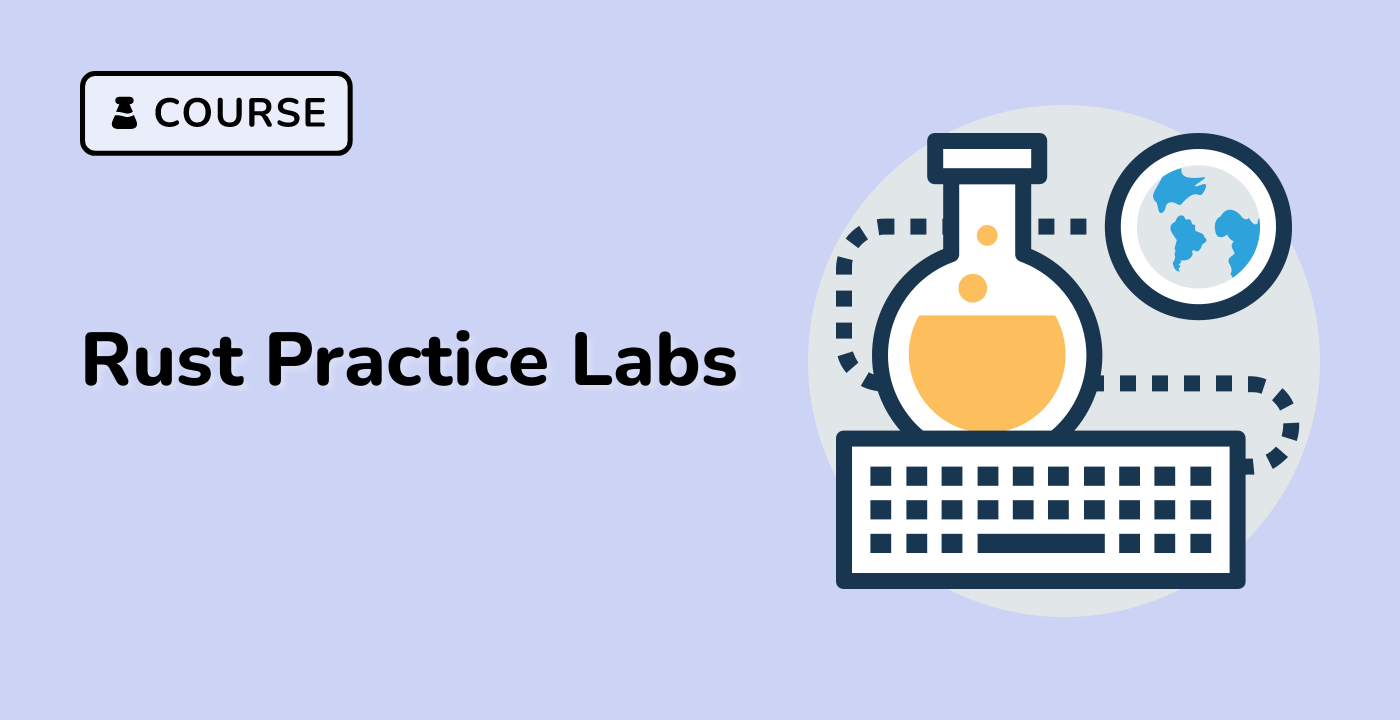Creating Custom Types for Validation
Let's take the idea of using Rust's type system to ensure we have a valid value one step further and look at creating a custom type for validation. Recall the guessing game in Chapter 2 in which our code asked the user to guess a number between 1 and 100. We never validated that the user's guess was between those numbers before checking it against our secret number; we only validated that the guess was positive. In this case, the consequences were not very dire: our output of "Too high" or "Too low" would still be correct. But it would be a useful enhancement to guide the user toward valid guesses and have different behavior when the user guesses a number that's out of range versus when the user types, for example, letters instead.
One way to do this would be to parse the guess as an i32 instead of only a u32 to allow potentially negative numbers, and then add a check for the number being in range, like so:
Filename: src/main.rs
loop {
--snip--
let guess: i32 = match guess.trim().parse() {
Ok(num) => num,
Err(_) => continue,
};
if guess < 1 || guess > 100 {
println!("The secret number will be between 1 and 100.");
continue;
}
match guess.cmp(&secret_number) {
--snip--
}
The if expression checks whether our value is out of range, tells the user about the problem, and calls continue to start the next iteration of the loop and ask for another guess. After the if expression, we can proceed with the comparisons between guess and the secret number knowing that guess is between 1 and 100.
However, this is not an ideal solution: if it were absolutely critical that the program only operated on values between 1 and 100, and it had many functions with this requirement, having a check like this in every function would be tedious (and might impact performance).
Instead, we can make a new type and put the validations in a function to create an instance of the type rather than repeating the validations everywhere. That way, it's safe for functions to use the new type in their signatures and confidently use the values they receive. Listing 9-13 shows one way to define a Guess type that will only create an instance of Guess if the new function receives a value between 1 and 100.
Filename: src/lib.rs
1 pub struct Guess {
value: i32,
}
impl Guess {
2 pub fn new(value: i32) -> Guess {
3 if value < 1 || value > 100 {
4 panic!(
"Guess value must be between 1 and 100, got {}.",
value
);
}
5 Guess { value }
}
6 pub fn value(&self) -> i32 {
self.value
}
}
Listing 9-13: A Guess type that will only continue with values between 1 and 100
First we define a struct named Guess that has a field named value that holds an i32 [1]. This is where the number will be stored.
Then we implement an associated function named new on Guess that creates instances of Guess values [2]. The new function is defined to have one parameter named value of type i32 and to return a Guess. The code in the body of the new function tests value to make sure it's between 1 and 100 [3]. If value doesn't pass this test, we make a panic! call [4], which will alert the programmer who is writing the calling code that they have a bug they need to fix, because creating a Guess with a value outside this range would violate the contract that Guess::new is relying on. The conditions in which Guess::new might panic should be discussed in its public-facing API documentation; we'll cover documentation conventions indicating the possibility of a panic! in the API documentation that you create in Chapter 14. If value does pass the test, we create a new Guess with its value field set to the value parameter and return the Guess [5].
Next, we implement a method named value that borrows self, doesn't have any other parameters, and returns an i32 [6]. This kind of method is sometimes called a getter because its purpose is to get some data from its fields and return it. This public method is necessary because the value field of the Guess struct is private. It's important that the value field be private so code using the Guess struct is not allowed to set value directly: code outside the module must use the Guess::new function to create an instance of Guess, thereby ensuring there's no way for a Guess to have a value that hasn't been checked by the conditions in the Guess::new function.
A function that has a parameter or returns only numbers between 1 and 100 could then declare in its signature that it takes or returns a Guess rather than an i32 and wouldn't need to do any additional checks in its body.



